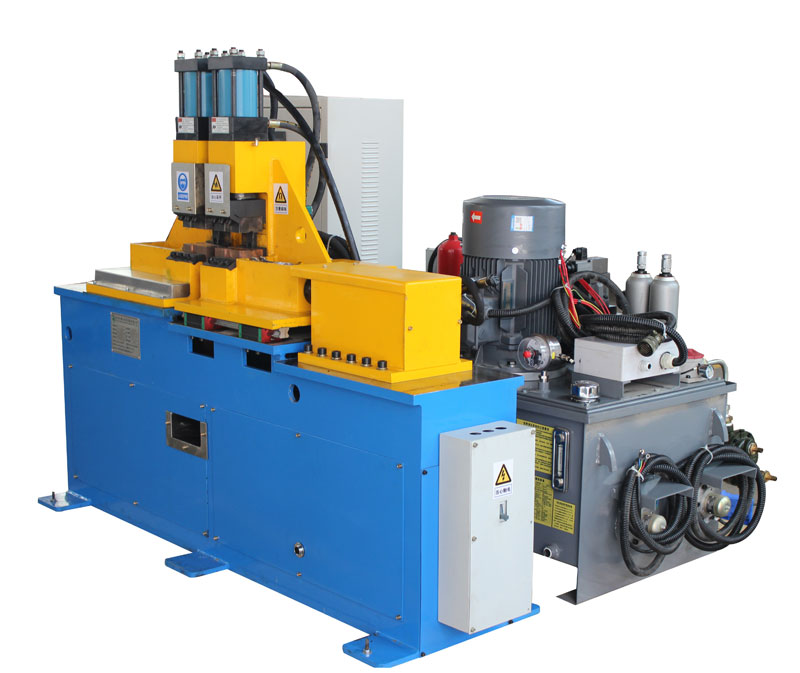Principles and Characteristics of Butt Welding Machines
Butt welding machines are widely used in the welding industry for their efficiency and reliability in joining metal components. Understanding the principles and characteristics of these machines is crucial for welders and professionals to optimize their welding processes and achieve high-quality welds. This article explores the principles and distinctive features of butt welding machines, highlighting their significance in metal joining applications.
- Principles of Butt Welding Machines: Butt welding machines operate based on the principle of resistance welding. The joint interface between the workpieces is subjected to controlled electrical resistance, generating heat at the contact point. As the workpieces heat up, they melt and form a molten weld pool, which solidifies upon cooling, creating a strong and continuous joint.
- Efficiency and Speed: One of the notable characteristics of butt welding machines is their efficiency and speed. The resistance welding principle allows for rapid heating and cooling of the joint, resulting in quicker weld cycles and higher productivity.
- Joint Strength and Integrity: Due to the localized nature of the heat generation, butt welding machines produce welds with excellent joint strength and integrity. The fusion achieved in the welding process ensures a homogenous bond, minimizing the risk of defects or weak spots in the joint.
- Versatility: Butt welding machines are versatile and can be used to weld various metals, including steel, copper, aluminum, and alloys. Their adaptability makes them suitable for a wide range of industrial applications.
- Precise Control: Modern butt welding machines are equipped with advanced control systems that allow for precise parameter adjustments. Welders can control welding current, voltage, and electrode withdrawal speed, contributing to consistent weld bead formation and high-quality weld results.
- Automation Compatibility: Many butt welding machines are compatible with automated welding systems. This feature enhances efficiency and reduces manual labor, making them ideal for high-volume production environments.
- Durability and Reliability: The robust construction and durable components of butt welding machines contribute to their reliability and longevity. Well-maintained machines can withstand continuous use and deliver consistent performance over extended periods.
- Safety Features: Safety is a paramount concern in butt welding machines. These machines are equipped with safety features such as emergency stop buttons, interlocks, and protective guards to ensure operator safety during welding operations.
In conclusion, butt welding machines operate on the principle of resistance welding, which ensures efficient and speedy metal joining. The welding process results in welds with high joint strength and integrity. The machines’ versatility, precise control, automation compatibility, durability, and safety features make them indispensable tools in the welding industry. Understanding the principles and distinctive features of butt welding machines empowers welders and professionals to optimize welding processes, meet industry demands, and achieve superior weld quality. Emphasizing the significance of these characteristics supports the welding industry in delivering excellence in metal joining applications across diverse industrial sectors.
